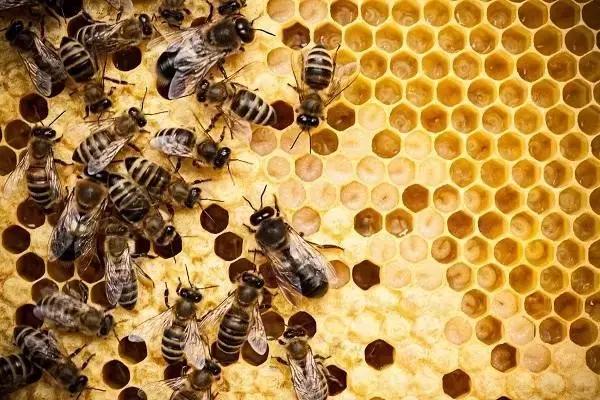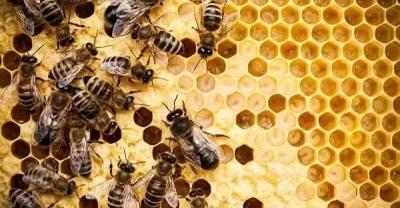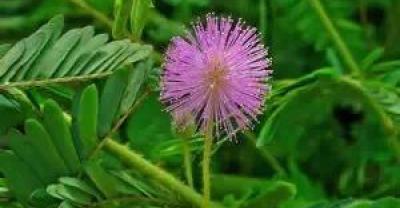Daily Management of Bee farming (2)
Yesterday we introduced the preparation of bees. Today we will talk about the breeding of bees in the process of bees breeding and the management methods in different seasons.
Bee breeding must have scientific management methods:
First, the breeding of bees

1. Subsidized feeding: that is, artificial feeding when there is a lack of honey. The methods are as follows:
① supplemented with honey. It can be diluted with honey with warm water (crystalline honey, which needs to be boiled and dissolved slightly). The diluted honey can be fed with the spleen or the bees in the frame feeder.
② was supplemented with syrup. Syrup is 50% white sugar with water, fully dissolved after heating and cooled to a mild temperature. It is best to add 0.1% citric acid to the syrup to facilitate digestion and absorption. Brown sugar should not be used at this time.
2. Reward feeding: artificial feeding during colony breeding and bee production period. Generally give a small amount of 60% honey or 50% syrup, once every other day in early spring, and then the consumption can be increased once a day, starting from 40 days before the nectar period, until a large amount of honey powder is collected from the outside world. Each bee can be rewarded with 50 grams of syrup each time.
3. Feeding pollen: the purpose is to supplement protein feed. In the late overwintering and early spring, the pollen preserved in the autumn of the year before replenishment can also be replaced by soybean powder. The feeding method is as follows:
① liquid feed. Add 10 times the pollen to the syrup, bring it to a boil, let it cool and feed it in a human feeder.
② cake. Hello. Add the same amount of honey or syrup to the pollen or substitute pollen, stir well, make a cake, wrap the plastic paper, open at both ends, and place it on the frame beam for bees to feed. This method is often used when there is a cold spell.
4. Feed water and salts:
① moisture. Generally speaking, each colony needs to collect 200 million 300 milliliters of water every day. Put water in the feeder or wet towels on the gauze cover to collect water by yourself.
② salts. Add 1% salt to the syrup.
II. Management of honeybees
1. Spring management:
① promotes the flight and excretion of bees. When the temperature in the center of the nest is raised to 33-35 ℃, there should be enough honey and powder sources or reward feeding, and the lid and insulation should be opened in time to make it fly out of the nest for excretion.
The heat preservation of ② hive. Enter the breeding period immediately after excretion, must adopt artificial heat preservation. Tighten the beehive, dense swarm. Many groups are raised in the same box, insulated inside and outside the box, until April to May in the north.
2. Management of the nectar period:
① adjusts and organizes honey-gathering groups in the initial stage.
② maintains a strong group to collect honey. To control the queen bee to lay eggs, the queen bee can be restricted to one area of the nest box or in the nest box with the king partition board. Five days before the honey-gathering period, the queen bee and two spleen bees can be put into a small group, and the honey-gathering group can be given an attractive mature king platform on the second day, which can greatly increase the honey yield.
Pay attention to small group management. For those weak groups who cannot gather honey, conditions should be created to promote the rapid development of the group situation. Under the premise of properly collecting honey, it is necessary to do a good job of reproduction in order to supplement the population potential.
3. Autumn management:
① nurtures new kings and replaces old bad kings.
The appropriate age overwintering bees were bred by ②. The suitable-age overwintering bees refer to the young bees that have emerged out of the house before overwintering, have only carried out two or three times of excretion and flight, have not done any feeding and collection, and have not secreted royal jelly. In order to make the overwintering bees survive the winter safely, it is necessary to control the birth of the young bees born after the nectar period in order to protect the population potential of the Tan colony. The method of control is to force the queen bee to stop spawning at a certain time during the honey season.
③ was cut off early in time. In the later stage of cultivating overwintering bees, honey powder should be used to press the spleen and pour honey for 2 or 3 times, so that the queen bee will stop production, at the same time, the colony will be moved to a cold place, the bee path will be doubled, and the pollen spleen can be removed from the hive.
4. Winter management:
① adjusts the nest door. The nest door is 6-7 mm high and 60-70 mm wide.
② prevents honey crystallization. Strengthen heat preservation, or stuffing some wet cotton balls into the box from the nest door to reduce ventilation.
③ overwinters indoors in the north. The beehive should be 20 cm from the wall indoors and 40 cm from the ground before the water freezes and the ground does not snow. The room temperature is kept at 0 ℃ and the humidity is kept between 75% and 80%.
- Prev

Some points for attention in Orchid Culture
Some novices feel annoyed about raising good orchids and have the idea of giving up raising orchids. In fact, as long as you master the characteristics of orchids, you can still cultivate them.
- Next

The most complete self-check table of culture parameters
Most of the time, we are talking about management, nutrition, health care and medicine, while the performance of a pig farm depends more on indicators. The production target is direct.
Related
- On the eggshell is a badge full of pride. British Poultry Egg Market and Consumer observation
- British study: 72% of Britons are willing to buy native eggs raised by insects
- Guidelines for friendly egg production revised the increase of space in chicken sheds can not be forced to change feathers and lay eggs.
- Risk of delay in customs clearance Australia suspends lobster exports to China
- Pig semen-the Vector of virus Transmission (4)
- Pig semen-the Vector of virus Transmission (3)
- Five common causes of difficult control of classical swine fever in clinic and their countermeasures
- Foot-and-mouth disease is the most effective way to prevent it!
- PED is the number one killer of piglets and has to be guarded against in autumn and winter.
- What is "yellow fat pig"? Have you ever heard the pig collector talk about "yellow fat pig"?

